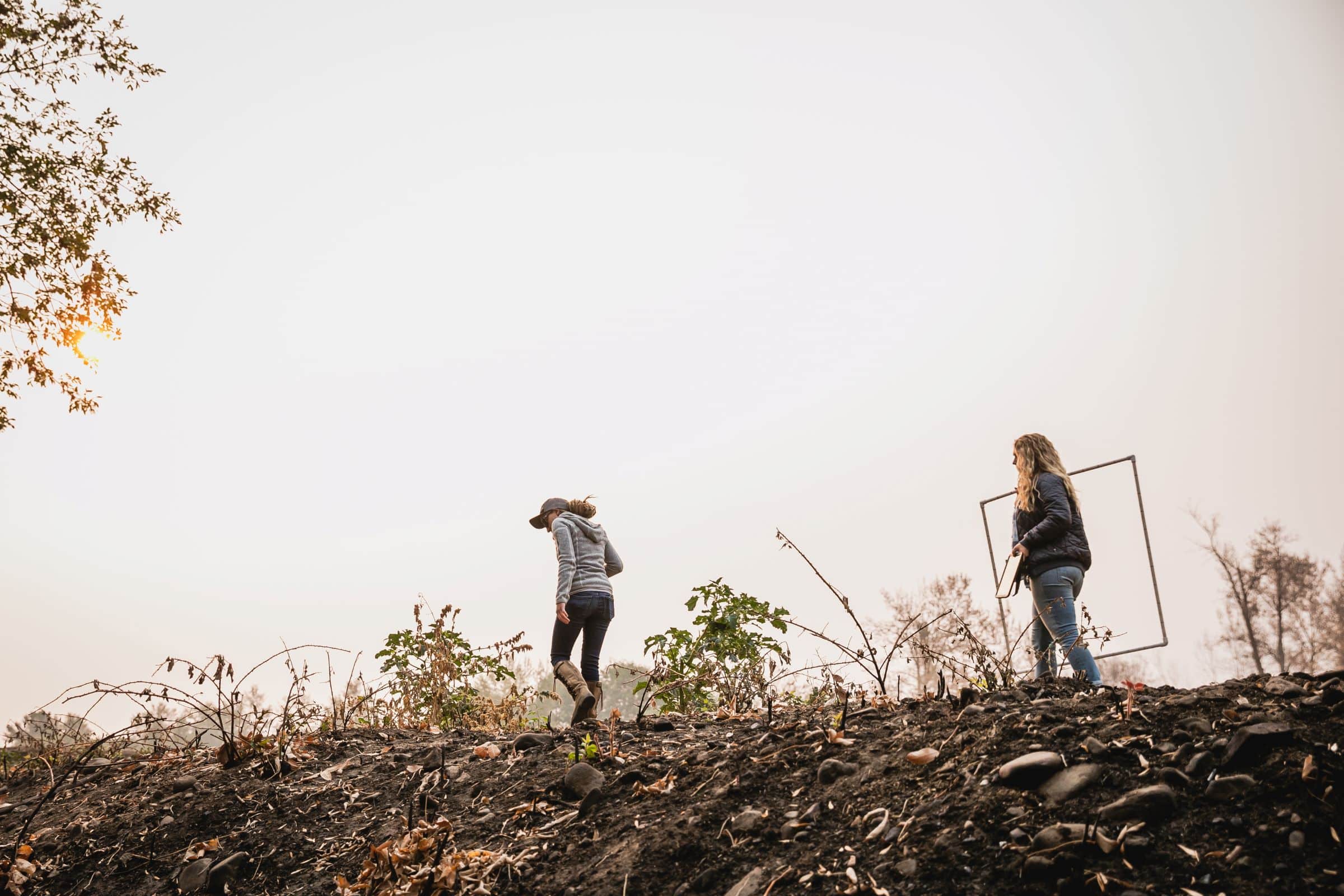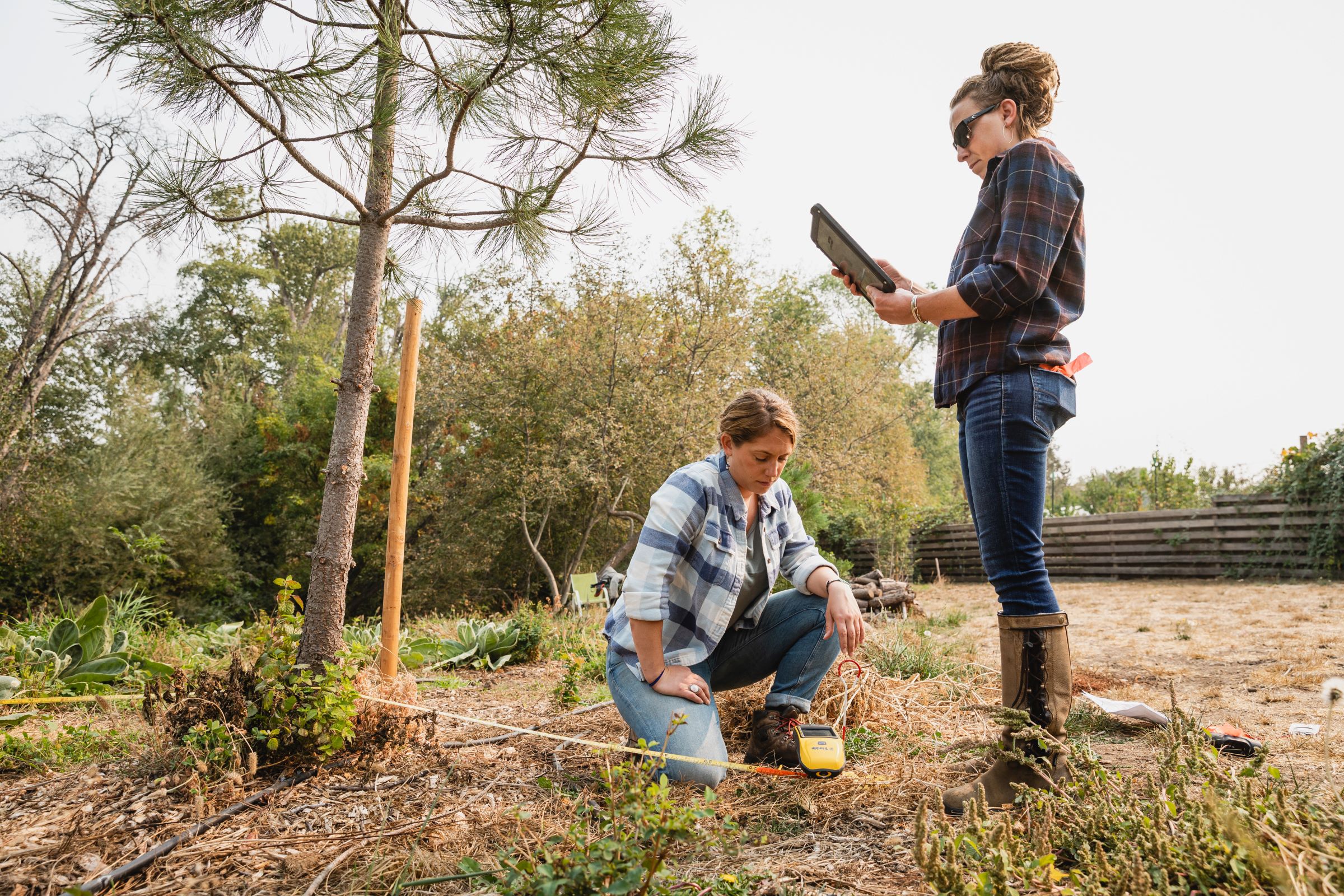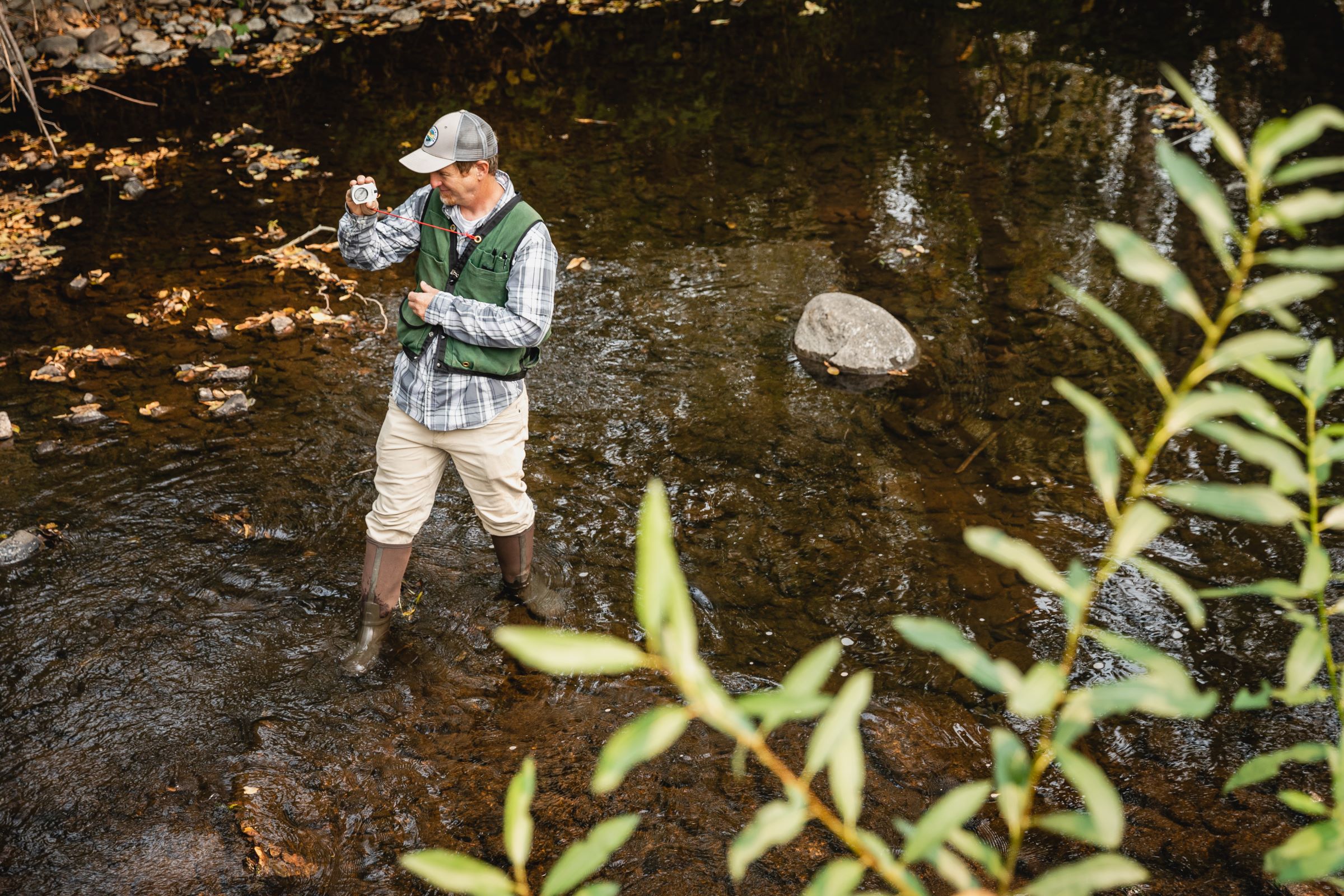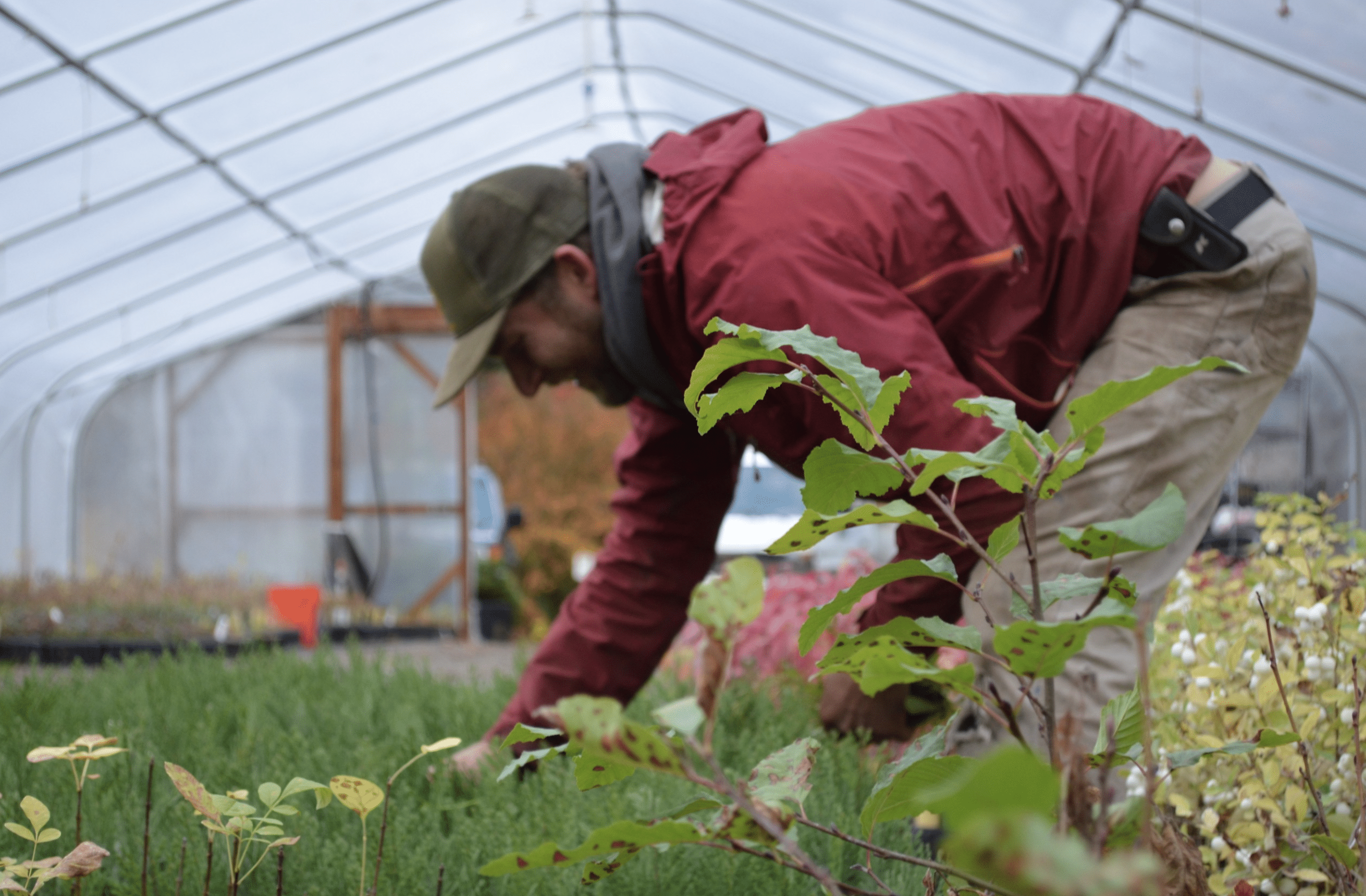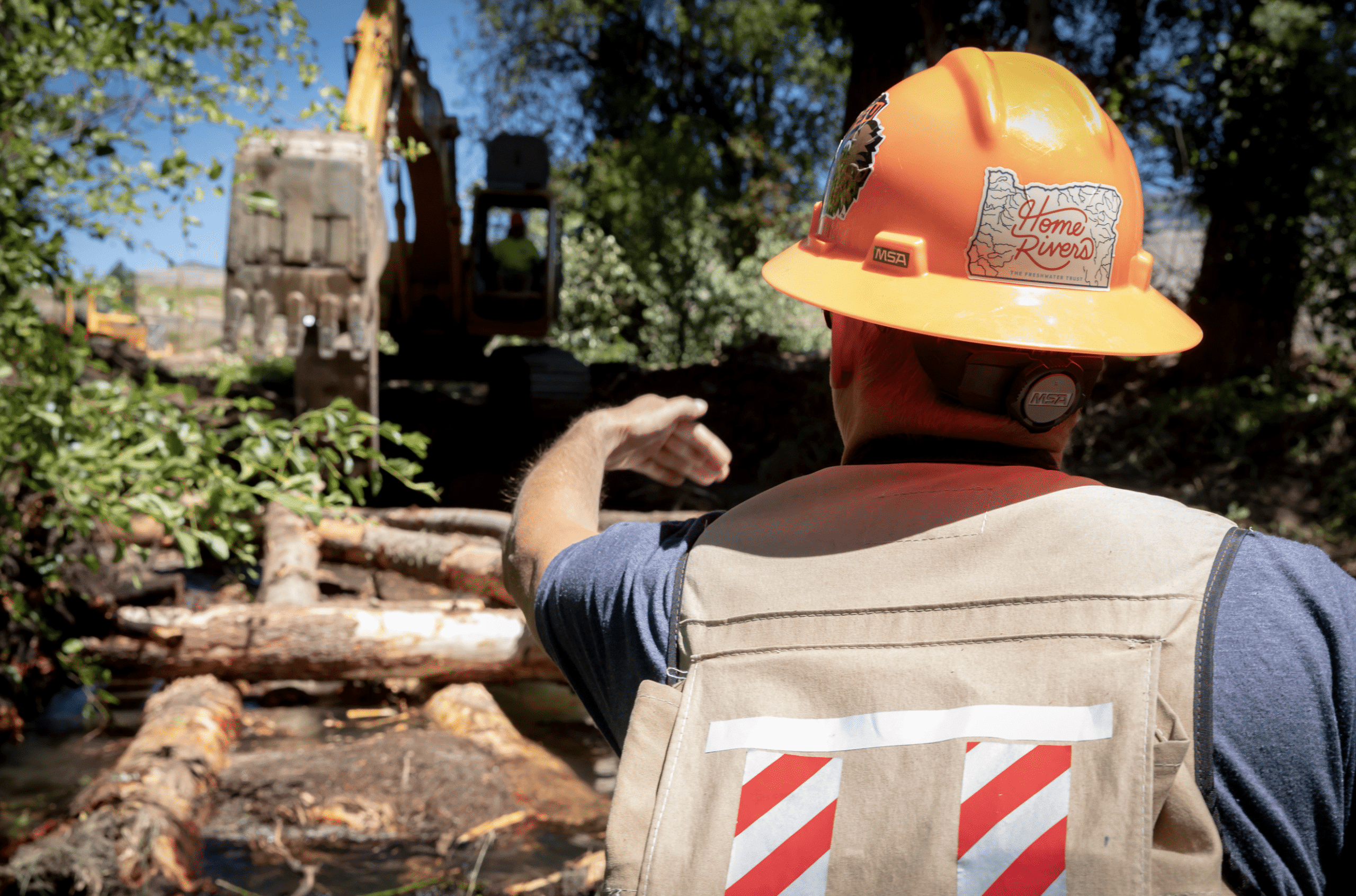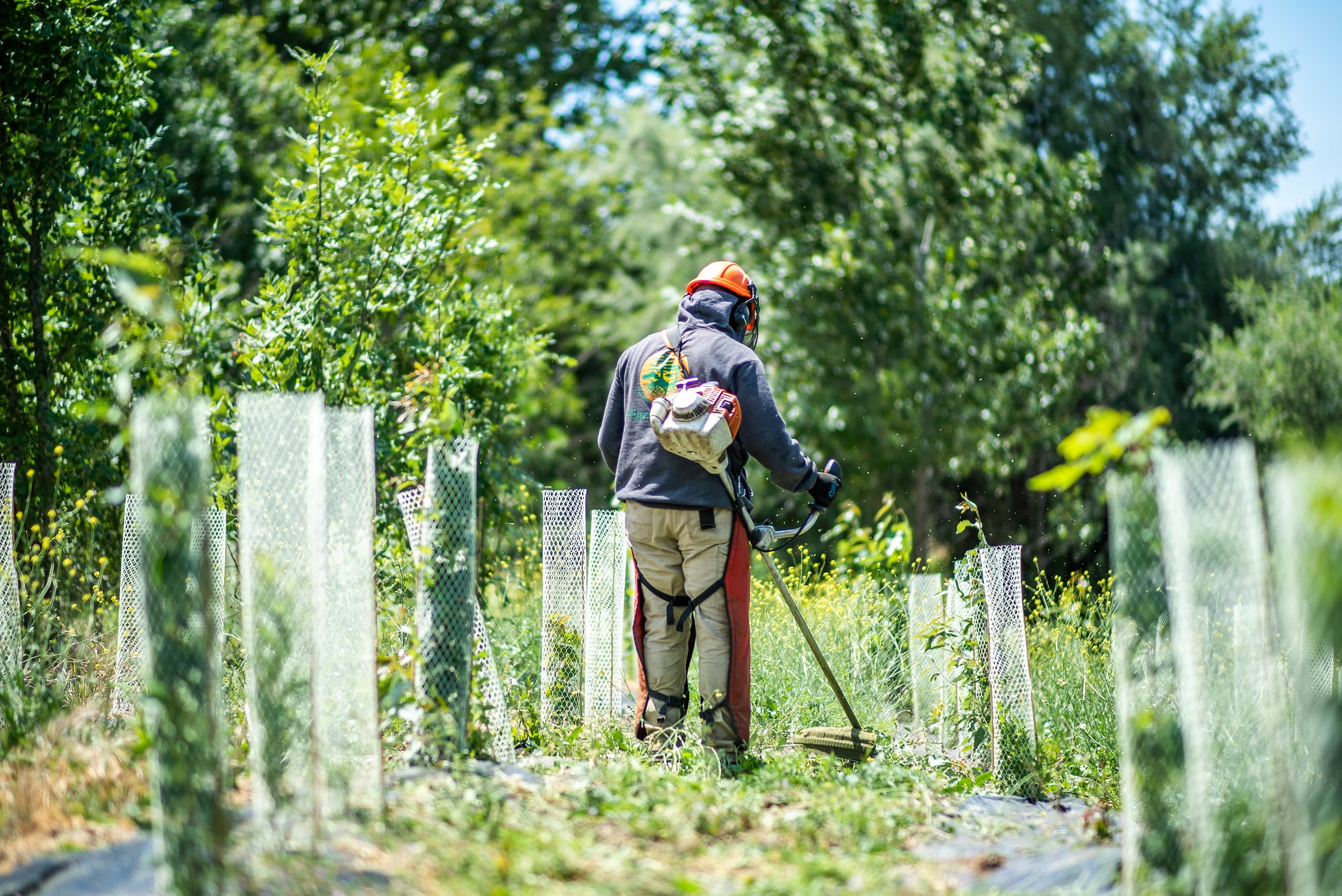Rogue River Basin
MISSION OF THE BASIN: Coordinate and leverage funding from multiple sources to increase resilience and ecological function for improved water quality and fish habitat.
The Rogue lives up to its name, wildly carving its way from the Cascade Range’s Crater Lake to the Pacific Ocean. It was named one of the first eight “wild and scenic” rivers in the country.
Unfortunately—due to the straightening of stream channels, removal of streamside vegetation, alteration of floodplains, urban growth, and an increasing load of invasive species—the quality of habitat has declined along the river’s mainstem and tributaries. Additionally, the historically cold Rogue River is warming, threatening iconic salmon and steelhead species. An increasingly dry and unpredictable climate promises to continue intensifying these challenges.
Partnering with the cities of Medford and Ashland, federal agencies, and dozens of other local entities, The Freshwater Trust (TFT) has taken steps to improve the Rogue by planting streamside buffers and building large wood structures since 2012. Thanks to these innovative, long-term partnerships with municipalities, TFT has planted more than 230,000 native trees, whose shade will offset the warm water discharged from wastewater treatment plants. We also worked with the Bureau of Reclamation to address the factors that hinder native fish, specifically federally listed coho salmon. Actions include installing 352 large wood structures to increase the complexity of instream habitat.
Additionally, TFT has been working with the Oregon Watershed Enhancement Board and Jackson County to address critical post-wildfire needs in the Bear Creek corridor. This work provides both ecological benefits, by removing invasive species and replanting with native species, and community safety benefits, by creating “safe snags” and reducing flammable debris.
We are leading the charge to demonstrate how analytics can inform implementation and how the two can be applied in tandem to the landscape to maximize ecological benefits and achieve durable outcomes.
MISSION OF THE BASIN: Coordinate and leverage funding from multiple sources to increase resilience and ecological function for improved water quality and fish habitat.
The Rogue lives up to its name, wildly carving its way from the Cascade Range’s Crater Lake to the Pacific Ocean. It was named one of the first eight “wild and scenic” rivers in the country.
Unfortunately—due to the straightening of stream channels, removal of streamside vegetation, alteration of floodplains, urban growth, and an increasing load of invasive species—the quality of habitat has declined along the river’s mainstem and tributaries. Additionally, the historically cold Rogue River is warming, threatening iconic salmon and steelhead species. An increasingly dry and unpredictable climate promises to continue intensifying these challenges.
Partnering with the cities of Medford and Ashland, federal agencies, and dozens of other local entities, The Freshwater Trust (TFT) has taken steps to improve the Rogue by planting streamside buffers and building large wood structures since 2012. Thanks to these innovative, long-term partnerships with municipalities, TFT has planted more than 230,000 native trees, whose shade will offset the warm water discharged from wastewater treatment plants. We also worked with the Bureau of Reclamation to address the factors that hinder native fish, specifically federally listed coho salmon. Actions include installing 352 large wood structures to increase the complexity of instream habitat.
Additionally, TFT has been working with the Oregon Watershed Enhancement Board and Jackson County to address critical post-wildfire needs in the Bear Creek corridor. This work provides both ecological benefits, by removing invasive species and replanting with native species, and community safety benefits, by creating “safe snags” and reducing flammable debris.
We are leading the charge to demonstrate how analytics can inform implementation and how the two can be applied in tandem to the landscape to maximize ecological benefits and achieve durable outcomes.

